Creative Ways to Store Your Sewing Supplies
Are you tired of rummaging through piles of fabric, threads, and tools every time you want to start a new sewing project? If so, you're not alone! Many sewing enthusiasts face the same challenge of keeping their supplies organized while maintaining a workspace that inspires creativity. In this article, we'll explore some innovative and practical storage solutions that can help you transform your sewing area into a haven of organization and efficiency.
Imagine walking into your sewing room and being greeted by a beautifully organized space where everything has its place. Sounds dreamy, right? Well, it can be your reality! From utilizing vertical space to repurposing everyday household items, the possibilities are endless. Let's dive into some creative ways to store your sewing supplies that will not only enhance your workflow but also spark your creativity!
Maximizing vertical space can significantly enhance your sewing area. Think about it: why let all that wall space go to waste? By incorporating various shelving options, wall-mounted organizers, and pegboards, you can keep your supplies accessible while saving precious floor space. Imagine a pegboard adorned with colorful spools of thread, scissors, and other tools, all within arm's reach. This not only keeps your supplies organized but also adds a splash of color and personality to your workspace.
One of the best ways to create functional storage solutions is by repurposing everyday household items. You'd be surprised at how many things you already own can be transformed into charming storage options for your sewing supplies. For instance, glass jars are perfect for storing buttons, threads, and small notions. They provide visibility and easy access while adding a decorative touch to your sewing area. Plus, who doesn't love a little bit of rustic charm?
Glass jars are not only practical but also visually appealing. You can easily see what's inside, which saves you time when searching for that elusive button or the perfect color thread. To take it a step further, consider labeling your jars to enhance organization. Using chalkboard labels or printed stickers can give your jars a neat appearance while making it easy to identify contents at a glance.
Labeling jars enhances organization and ensures you can quickly find what you need. It's like having a personal assistant that always knows where everything is! You can categorize items by color, size, or type, making your sewing experience much smoother.
Old drawers can be repurposed into unique storage solutions as well. Stack them on shelves or mount them on walls for a rustic yet functional way to store larger supplies. Imagine transforming a vintage drawer into a quirky shelf for your fabric stash. It’s not only functional but also adds character to your sewing space!
Baskets and fabric bins are excellent for storing larger items like fabric and patterns. They come in various styles and colors, allowing you to personalize your space while keeping it organized. You can even designate different bins for different types of fabric—cotton, silk, or wool—making it easy to find exactly what you need when inspiration strikes.
Establishing a dedicated sewing station can streamline your workflow significantly. Think of it as your creative command center! Learn how to design a functional space that accommodates all your sewing needs while keeping everything organized. Whether it’s a small corner of your living room or a full-fledged sewing room, having a dedicated area can make all the difference.
Selecting the right furniture, such as tables and chairs, is crucial for comfort and efficiency. You want to make sure you have ample workspace to spread out your projects while also having enough storage for your supplies. Look for tables that have built-in drawers or shelves, which can help keep everything organized without taking up extra space.
A sewing cart can be a versatile addition to your workspace. Imagine being able to easily wheel your supplies from one area to another! It allows for easy mobility and can store various supplies, making it easier to switch between projects. Plus, it can be tucked away when not in use, keeping your space clutter-free.
In today's digital age, implementing a digital inventory system can help you keep track of your sewing supplies. Discover apps and tools that can simplify organization and prevent over-purchasing. Imagine having an app that reminds you when you're running low on fabric or thread—talk about a game changer!
Inventory apps can streamline your supply management process, allowing you to categorize and track your items efficiently. Find the right app that suits your sewing needs, and you'll never have to worry about buying duplicates again. It’s like having a personal inventory assistant right in your pocket!
A digital wishlist can help you prioritize future purchases. Keep track of items you want to buy, ensuring you never miss out on essential supplies. This way, when you’re ready to stock up, you’ll have a handy list to guide your shopping spree!
- What are some easy ways to organize sewing supplies? Consider using jars, baskets, and pegboards to keep your supplies visible and accessible.
- How can I repurpose old furniture for sewing storage? Old drawers and shelves can be transformed into unique storage solutions for your supplies.
- Are there any apps for managing sewing supplies? Yes! There are several inventory apps available that can help you track and organize your supplies efficiently.
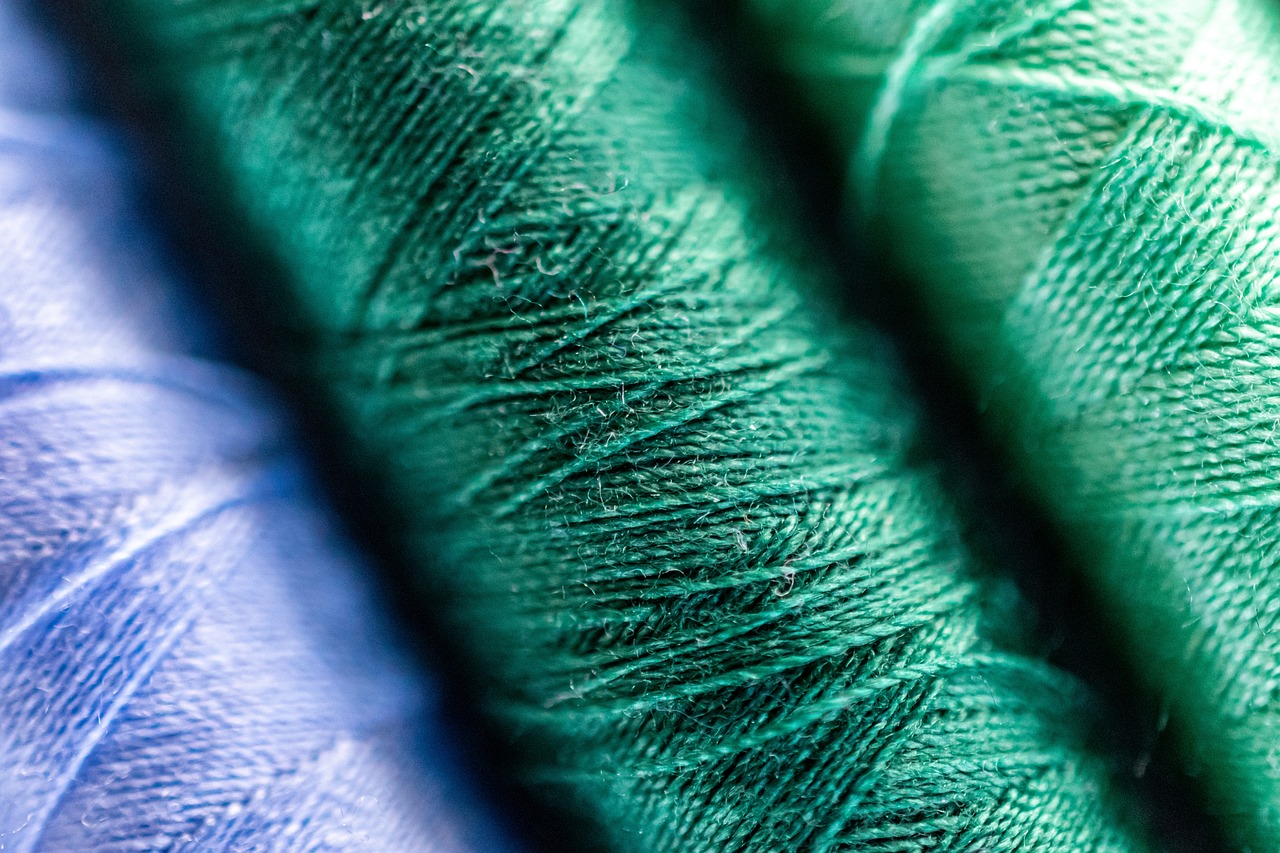
Utilizing Vertical Space
When it comes to sewing, space can often feel like a luxury, especially if you're working in a small area. That's where becomes a game changer! By looking up instead of around, you can transform your sewing nook into an organized haven. Imagine your supplies neatly arranged on shelves or hanging from walls, making everything easily accessible while freeing up precious floor space for your creative endeavors.
One of the best ways to maximize vertical space is through the use of shelving units. These can be installed on walls or in corners, allowing you to store fabric, tools, and other supplies without cluttering your work surface. You can opt for open shelving to display your colorful fabrics and charming sewing notions, or closed cabinets if you prefer a tidier look. But why stop there? Consider incorporating wall-mounted organizers or even pegboards into your sewing area. These versatile solutions allow you to hang everything from scissors and rulers to spools of thread, keeping your essentials within arm's reach.
Moreover, pegboards can be customized to suit your needs. With a few hooks and shelves, you can create a unique storage solution that not only looks great but also enhances your workflow. Just picture it: you walk into your sewing space, and everything is neatly arranged, ready for you to dive into your next project. It's like having a personal assistant for your sewing supplies!
Another clever idea is to use over-the-door organizers. These handy tools can hold a variety of items, from small containers of buttons to larger rolls of fabric. By hanging them on the back of your sewing room door, you free up more space for your creative process while keeping everything you need at your fingertips. You can also use floating shelves to showcase your favorite sewing books, patterns, or even a few decorative items to inspire your creativity.
In summary, maximizing vertical space is not just about saving room; it's about enhancing your creativity and efficiency. By using shelving, pegboards, and clever storage solutions, you can create a workspace that is both functional and inspiring. So, take a moment to look up and explore the possibilities that await you in your sewing sanctuary!
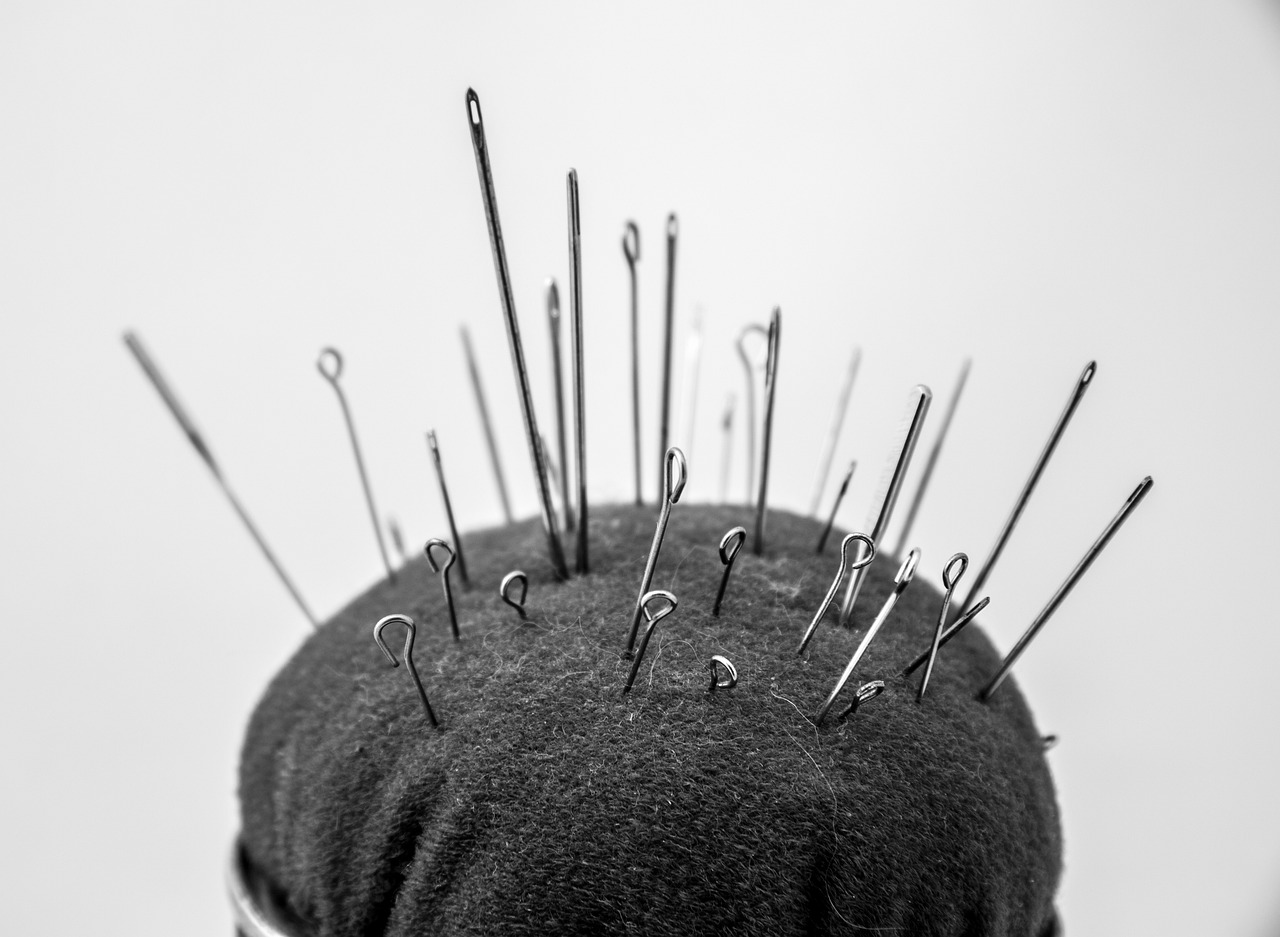
Repurposing Household Items
When it comes to organizing your sewing supplies, think outside the box! You'd be surprised at how many everyday household items can be transformed into functional storage solutions. Not only does this approach save you money, but it also adds a unique charm to your workspace. Imagine turning your old glass jars, mismatched baskets, or even that forgotten drawer into stylish organizers. It's like giving your home a mini makeover while decluttering your sewing area!
One of the most versatile items you can use is the humble glass jar. These little wonders are perfect for storing small items like buttons, threads, and other notions. Their transparent nature allows for easy visibility, so you can quickly find what you need without rummaging through piles of supplies. Plus, they can be arranged on shelves or your sewing table, adding a decorative touch to your space. To take it a step further, consider labeling each jar. This not only enhances organization but also ensures you can quickly grab what you need. You can use chalkboard labels for a rustic look or printed stickers for a more polished appearance.
Another fantastic option is repurposing old drawers. Instead of tossing them out, why not stack them on shelves or mount them on walls? This approach gives you a rustic yet functional way to store larger supplies, such as fabric and patterns. You can even paint or decorate the drawers to match your sewing room's aesthetic, making them not just practical but also a stylish addition to your space.
Don’t forget about baskets and fabric bins. These are excellent for storing larger items and come in a variety of styles and colors. You can easily personalize your space by choosing baskets that reflect your taste. Try grouping similar items together in different baskets; for example, one for fabric, another for patterns, and yet another for tools. This way, everything has its place, and your workspace remains tidy and inviting.
By creatively repurposing household items, you can not only enhance the organization of your sewing supplies but also make your workspace a true reflection of your personality. So, the next time you're about to throw something away, pause and think: could this item serve a new purpose in my sewing sanctuary? With a little imagination, the possibilities are endless!
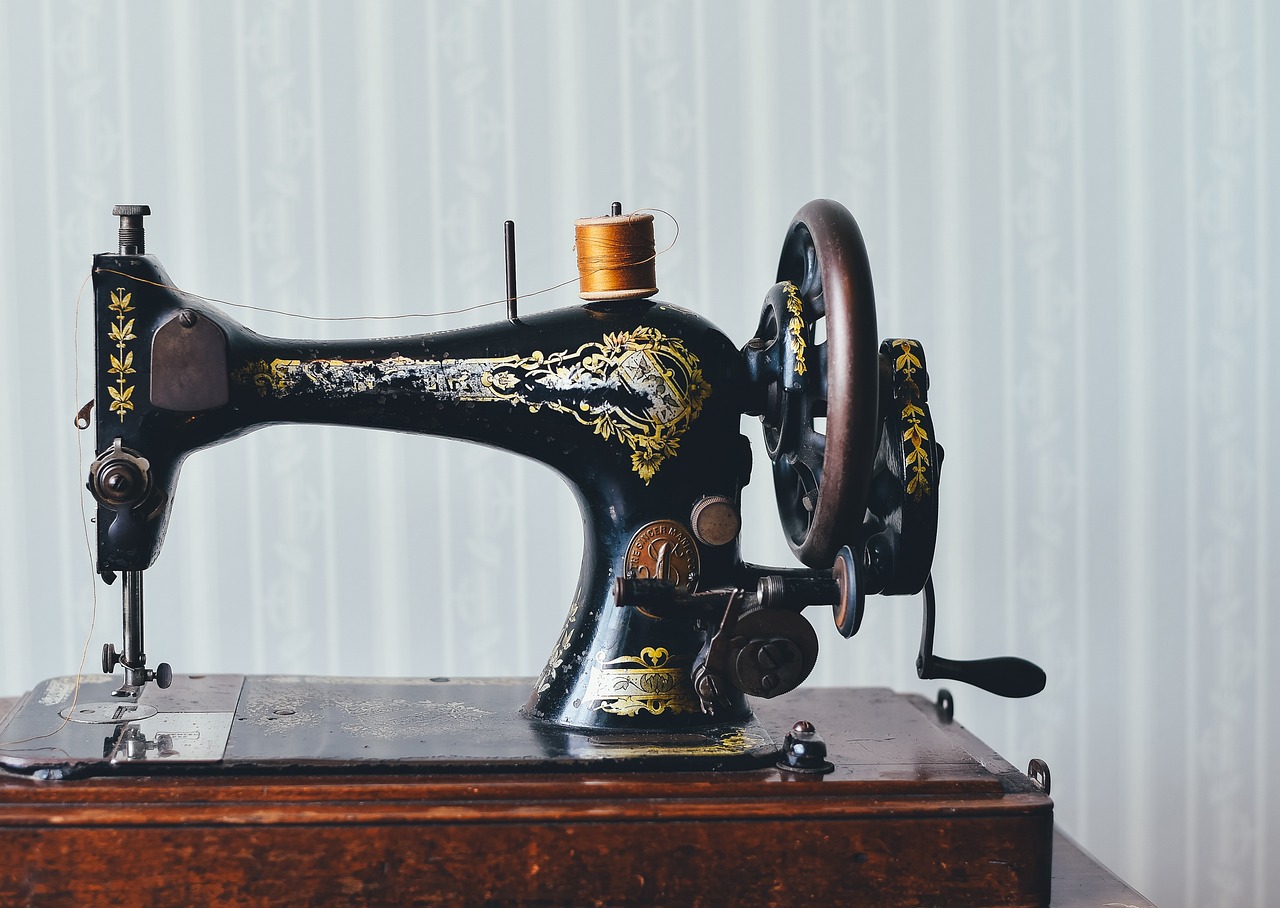
Glass Jars for Small Items
This article explores innovative and practical storage solutions for sewing supplies, helping you maintain an organized workspace while enhancing your creativity and efficiency in sewing projects.
Maximizing vertical space can significantly enhance your sewing area. Explore various shelving options, wall-mounted organizers, and pegboards to keep your supplies accessible while saving precious floor space.
Discover how everyday household items can be transformed into functional storage solutions for your sewing supplies. From jars to baskets, these creative ideas can add charm and utility to your workspace.
Glass jars are not just for preserving your grandma's famous jam; they can be a game changer in the world of sewing supplies! Imagine a vibrant collection of buttons, threads, and small notions, all neatly displayed in clear glass jars. Not only do they provide excellent visibility, allowing you to see exactly what you have at a glance, but they also add a decorative touch to your sewing area. You can arrange them on a shelf or even use them as centerpieces on your sewing table. It’s like having your own little art installation of sewing supplies!
When it comes to organizing your small items in glass jars, consider the following:
- Size Variety: Use different sizes of jars to accommodate various items; larger jars for spools of thread and smaller ones for buttons.
- Color Coding: You can categorize items by color, making it easier to find what you need and adding a splash of color to your workspace.
- Accessibility: Place frequently used items at eye level for quick access, while less common supplies can be stored higher up.
Additionally, glass jars come in various styles, from vintage to modern, so you can choose ones that match your personal aesthetic. You can even decorate the jars with washi tape or paint to give them a unique flair that resonates with your personality. It’s a fun way to express your creativity even before you start sewing!
Labeling jars enhances organization and ensures you can quickly find what you need. Consider using chalkboard labels or printed stickers for a neat appearance. This way, you can easily switch out the contents without having to redo the entire label. Imagine the satisfaction of reaching for the exact jar you need without rummaging through a chaotic mess!
Old drawers can be repurposed into unique storage solutions. Stack them on shelves or mount them on walls for a rustic yet functional way to store larger supplies.
Baskets and fabric bins are excellent for storing larger items like fabric and patterns. They come in various styles and colors, allowing you to personalize your space.
Establishing a dedicated sewing station can streamline your workflow. Learn how to design a functional space that accommodates all your sewing needs while keeping everything organized.
Selecting the right furniture, such as tables and chairs, is crucial for comfort and efficiency. Explore options that provide ample workspace and storage capabilities.
A sewing cart can be a versatile addition to your workspace. It allows for easy mobility and can store various supplies, making it easier to switch between projects.
Implementing a digital inventory system can help you keep track of your sewing supplies. Discover apps and tools that can simplify organization and prevent over-purchasing.
Inventory apps can streamline your supply management process, allowing you to categorize and track your items efficiently. Find the right app that suits your sewing needs.
A digital wishlist can help you prioritize future purchases. Keep track of items you want to buy, ensuring you never miss out on essential supplies.
Q: What types of glass jars are best for sewing supplies?
A: Look for jars with wide mouths for easy access, and consider varying sizes to fit different types of supplies.
Q: How can I keep my jars organized?
A: Label each jar clearly and arrange them by category or color to make finding supplies easier.
Q: Can I use plastic jars instead of glass?
A: Absolutely! Plastic jars can also work well, especially if you have kids or pets around.
Q: What are some creative ways to decorate my jars?
A: You can use washi tape, paint, or even fabric to give your jars a personal touch that matches your sewing space.
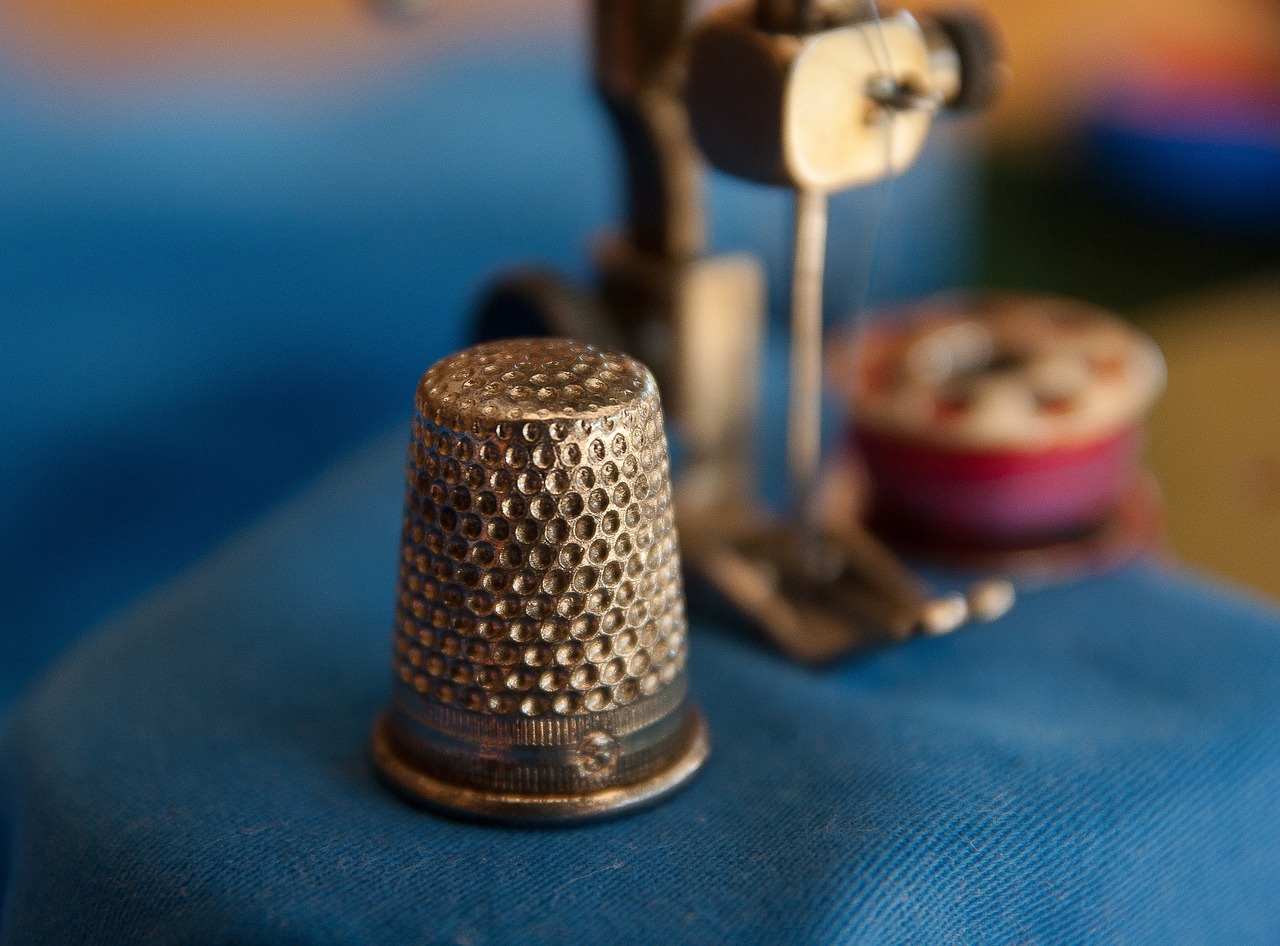
Labeling for Easy Identification
When it comes to organizing your sewing supplies, labeling is an absolute game changer. Imagine diving into a project and wasting precious time rummaging through jars and boxes, trying to find that elusive spool of thread or the perfect button. By implementing a labeling system, you can transform your chaotic workspace into a well-oiled machine of creativity and efficiency.
First and foremost, consider the types of items you need to label. You might have a variety of small notions such as buttons, zippers, and threads, each needing its own designated space. Using clear glass jars for these items not only provides visibility but also allows for easy identification at a glance. You can quickly spot the color or size you need without having to dig through a pile of materials.
For your labeling options, think about utilizing chalkboard labels or printed stickers. Chalkboard labels are particularly charming and can be easily updated as your supplies change. You can write directly on them with chalk or a chalk marker, making it simple to swap out contents without the need for new labels. On the other hand, printed stickers can provide a more polished look, especially if you have a specific theme or color scheme in your sewing area.
When creating your labels, aim for clarity and simplicity. Use large, legible fonts and avoid overly complicated terms. For example, instead of labeling a jar as “Notions,” you could specify “Buttons” or “Snaps” to make it immediately clear what’s inside. This approach not only saves time but also reduces frustration, allowing you to focus on what you love—sewing!
In addition to labeling jars, consider creating a master inventory list that outlines all your supplies. This list can be kept digitally or printed out and displayed near your sewing station. It serves as a quick reference guide, ensuring that you know exactly what you have and what you might need to replenish. A simple table format can work wonders here:
| Item | Quantity | Location |
|---|---|---|
| Buttons | 50 | Jar A |
| Threads | 20 | Drawer 1 |
| Zippers | 15 | Basket B |
Ultimately, a well-organized and labeled sewing space not only enhances your creativity but also makes for a more enjoyable sewing experience. So, take the time to label your supplies thoughtfully; it’s a small investment that pays off in heaps of productivity and joy as you stitch your next masterpiece!
Q: What materials are best for labeling my sewing supplies?
A: You can use chalkboard labels, printed stickers, washi tape, or even simple masking tape with a permanent marker. Choose materials that suit your aesthetic and are easy to read.
Q: How can I keep my labels organized?
A: Consider creating a digital inventory or a physical binder that lists all your supplies and their corresponding labels. This way, you can always refer back to it when needed.
Q: Is labeling really necessary for a small sewing space?
A: Absolutely! Even in small spaces, labeling helps maintain order and saves you time when searching for supplies, ultimately making your sewing experience more enjoyable.
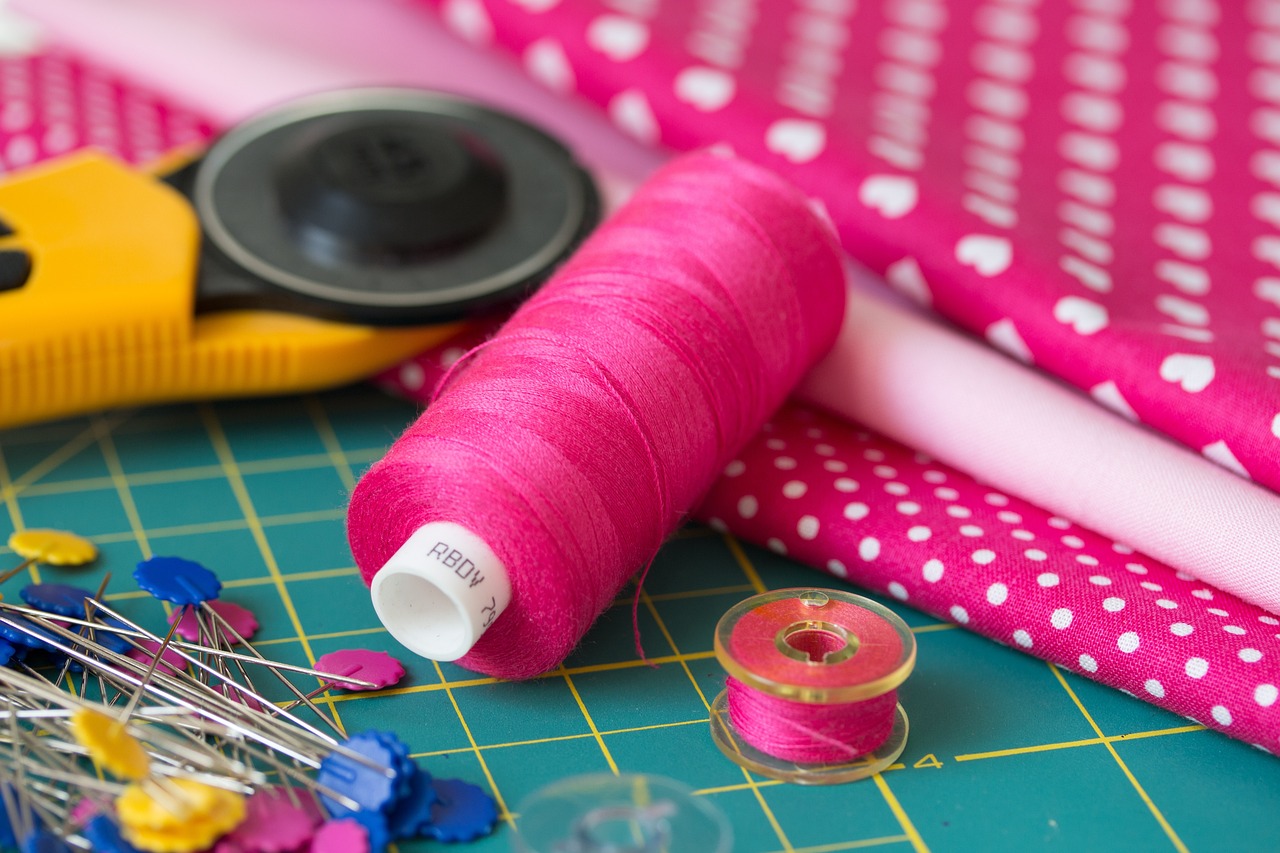
Using Old Drawers
Have you ever looked at an old drawer and thought it was just taking up space? Well, think again! Old drawers can be transformed into unique storage solutions that not only keep your sewing supplies organized but also add a touch of rustic charm to your workspace. Imagine stacking a few colorful drawers on a shelf or mounting them on the wall, creating a stunning display that’s both functional and aesthetically pleasing. It’s like giving new life to forgotten furniture!
One of the best aspects of using old drawers is their versatility. You can use them to store a variety of sewing supplies, from larger items like fabric and patterns to smaller notions like scissors and threads. By organizing these items into different drawers, you can easily locate what you need without rummaging through piles of supplies. This can save you precious time, especially when you’re in the middle of an exciting project!
To get started, consider the following tips:
- Assess Your Space: Before you dive into repurposing, evaluate how much room you have. This will help you decide if you want to stack the drawers or mount them on the wall.
- Choose a Theme: If you have multiple drawers, consider painting them in a coordinated color scheme or leaving them in their natural wood finish for a more vintage look.
- Customize with Liners: Adding fabric or decorative paper liners can make the drawers more visually appealing and protect the contents from scratches.
Additionally, you can enhance the functionality of your old drawers by adding labels to the front. This will not only make it easier to find your supplies but also bring a sense of order to your sewing station. You can use chalkboard labels for a chic look or printed stickers for a more polished appearance. The best part? This simple addition can elevate your organization game to a whole new level!
So, don’t let those old drawers gather dust in the attic or garage. Instead, bring them into your sewing space and watch how they transform into a stylish and practical storage solution. It’s a fantastic way to combine creativity with functionality, ensuring that your sewing area is not only organized but also a reflection of your personal style.
Q: Can I use any type of drawer for this project?
A: Absolutely! You can use wooden, plastic, or even metal drawers. Just make sure they are sturdy enough to hold your supplies.
Q: How do I ensure the drawers are secure if I mount them on the wall?
A: Use appropriate wall anchors and screws that can support the weight of the drawers and their contents. It’s always best to consult a hardware store for the right materials.
Q: What if I don’t have old drawers?
A: You can often find inexpensive drawers at thrift stores, garage sales, or online marketplaces. Repurposing is all about creativity!
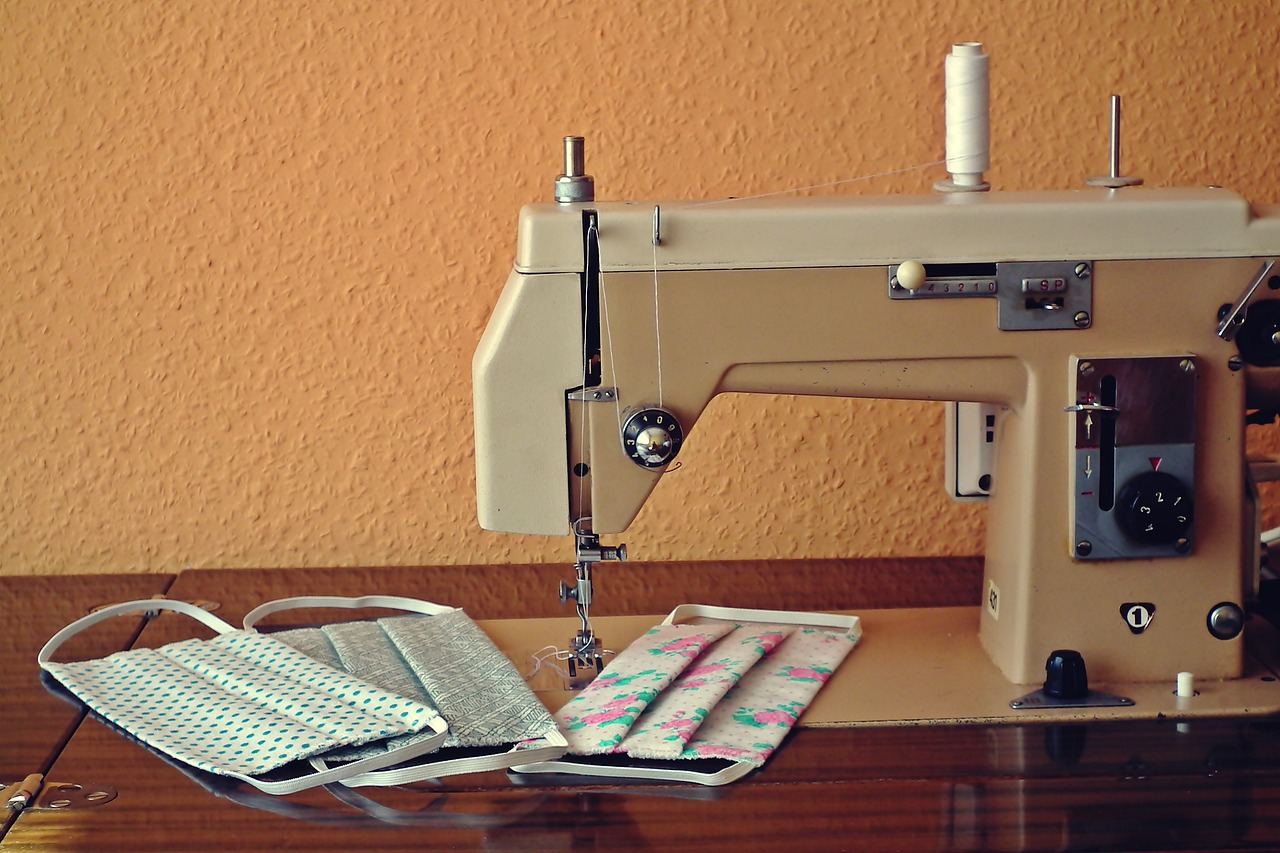
Baskets and Fabric Bins
Baskets and fabric bins are not just functional; they can also be a stylish addition to your sewing space. Imagine walking into your sewing area and being greeted by an array of colorful baskets, each brimming with possibilities. These containers are perfect for storing larger items like fabrics, patterns, and even sewing machines. The best part? They come in various styles, sizes, and materials, allowing you to personalize your space while keeping it organized.
When choosing baskets and fabric bins, consider the following factors:
- Size: Ensure they are large enough to hold your supplies but not so big that they take up too much space.
- Material: Opt for sturdy materials that can withstand the weight of your fabric and supplies. Wicker, canvas, and plastic are popular choices.
- Design: Pick designs that complement your sewing room's aesthetic. From rustic to modern, there’s a style for every taste.
Using baskets and fabric bins can significantly enhance your sewing workflow. For example, you can dedicate a specific basket for each project, making it easy to grab everything you need in one go. This way, you won’t have to rummage through piles of fabric to find that elusive piece you need to complete your project. Plus, you can label each basket for even easier identification.
Another creative idea is to use fabric bins for organizing your sewing patterns. You can categorize them by type—like garments, accessories, or home decor—making it super simple to find the right pattern when inspiration strikes. With a bit of creativity, your storage solutions can become a part of your room’s decor rather than just a necessity.
In addition to their practical uses, baskets and fabric bins can also be a great way to add a splash of color and personality to your sewing area. Consider mixing and matching different colors and patterns to create a vibrant display. The visual appeal can spark your creativity and make your sewing space feel more inviting.
Q: What materials are best for sewing baskets and bins?
A: Look for materials like wicker, canvas, or sturdy plastic that can hold the weight of your supplies while adding style to your workspace.
Q: How can I label my baskets for easy identification?
A: You can use chalkboard labels, printed stickers, or even decorative tags to label your baskets. This will help you quickly find what you need without digging through everything.
Q: Can I use baskets for other crafts besides sewing?
A: Absolutely! Baskets are versatile and can be used for various crafts. You can store yarn for knitting, art supplies, or even office supplies in them.
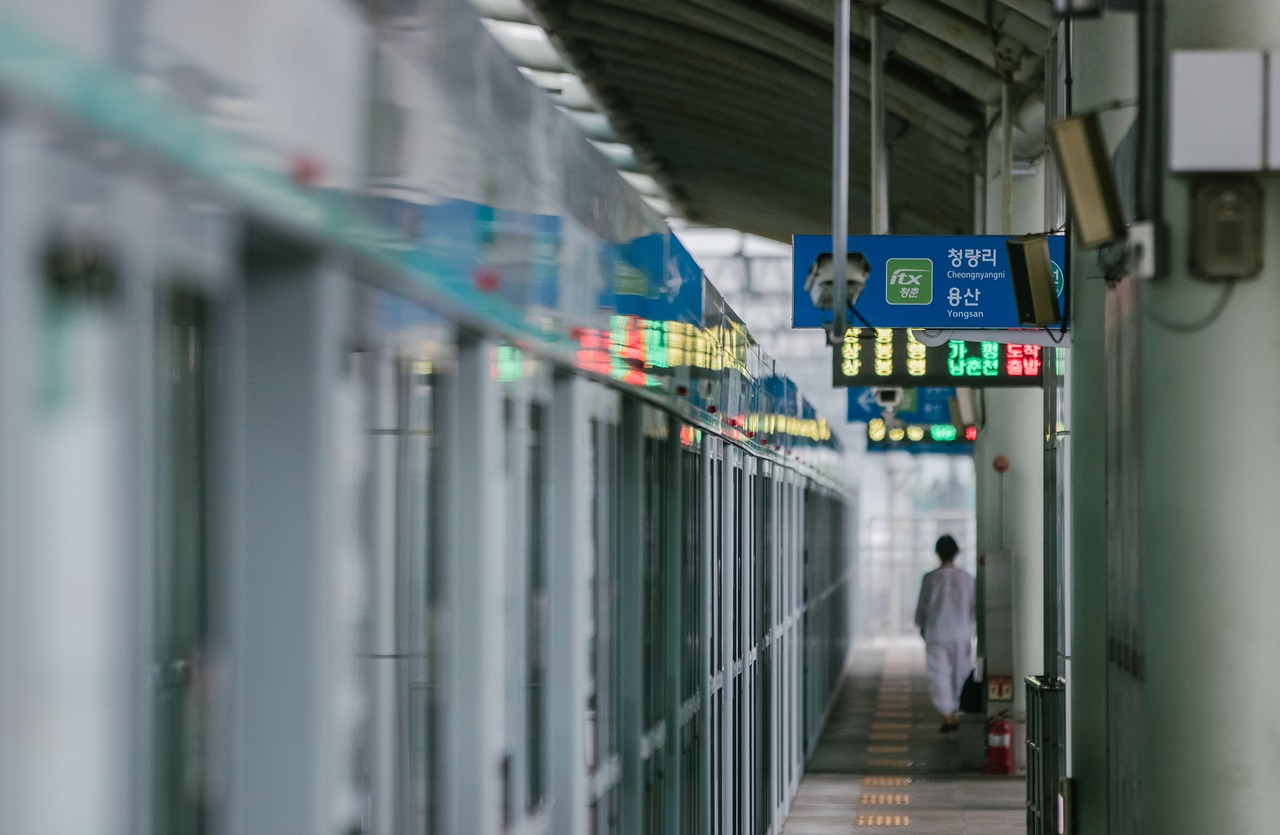
Creating a Dedicated Sewing Station
Establishing a dedicated sewing station is like creating your own little sanctuary of creativity. Imagine walking into a space that is not only organized but also inspires you to dive into your next sewing project. A well-designed sewing station can significantly streamline your workflow, allowing you to focus on what you love most—sewing! But where do you start? Let’s explore how to design a functional sewing area that accommodates all your needs while keeping everything tidy and accessible.
First and foremost, it’s essential to choose the right furniture. The right tables and chairs will not only enhance your comfort but also boost your efficiency. Look for tables that offer ample workspace—ideally, one that is large enough to spread out fabrics and patterns without feeling cramped. A sturdy, adjustable chair is equally important; it should provide support during those long hours of crafting. Consider the height of your table as well; you want it to be at a comfortable level for cutting and sewing.
Next, think about storage options. A sewing station isn’t just about the table and chair; it’s also about how you store your supplies. Incorporate shelving units or cabinets that can hold everything from fabrics to tools. For example, you might want to include a sewing cart—this versatile piece of furniture can be a game changer. A sewing cart not only adds extra storage but also allows for easy mobility, letting you move your supplies closer to your workspace when needed. Plus, it can be tucked away when not in use, keeping your area neat and organized.
When designing your sewing station, consider the layout carefully. You want to create a flow that makes sense for your projects. Position your sewing machine in a way that allows easy access to your materials. If you have a cutting mat, place it nearby, so you don’t have to keep getting up and down. This setup will help you maintain your momentum and keep your creativity flowing.
Lastly, don’t forget about personalization! Your sewing station should reflect your style and inspire you. Consider adding decorative elements such as colorful fabric swatches, a pinboard for inspiration, or even a small plant to liven up the space. These personal touches can make your sewing station feel like a true reflection of you, transforming it into a cozy nook where creativity thrives.
- What is the ideal size for a sewing station? The ideal size varies based on your projects and space. Aim for a table that gives you enough room to spread out your materials comfortably.
- How can I keep my sewing station organized? Use storage solutions like bins, jars, and shelves to categorize and store supplies. Regularly declutter to maintain organization.
- Are there specific furniture types recommended for a sewing station? Look for sturdy tables with ample surface area and comfortable chairs that provide good support during long sewing sessions.
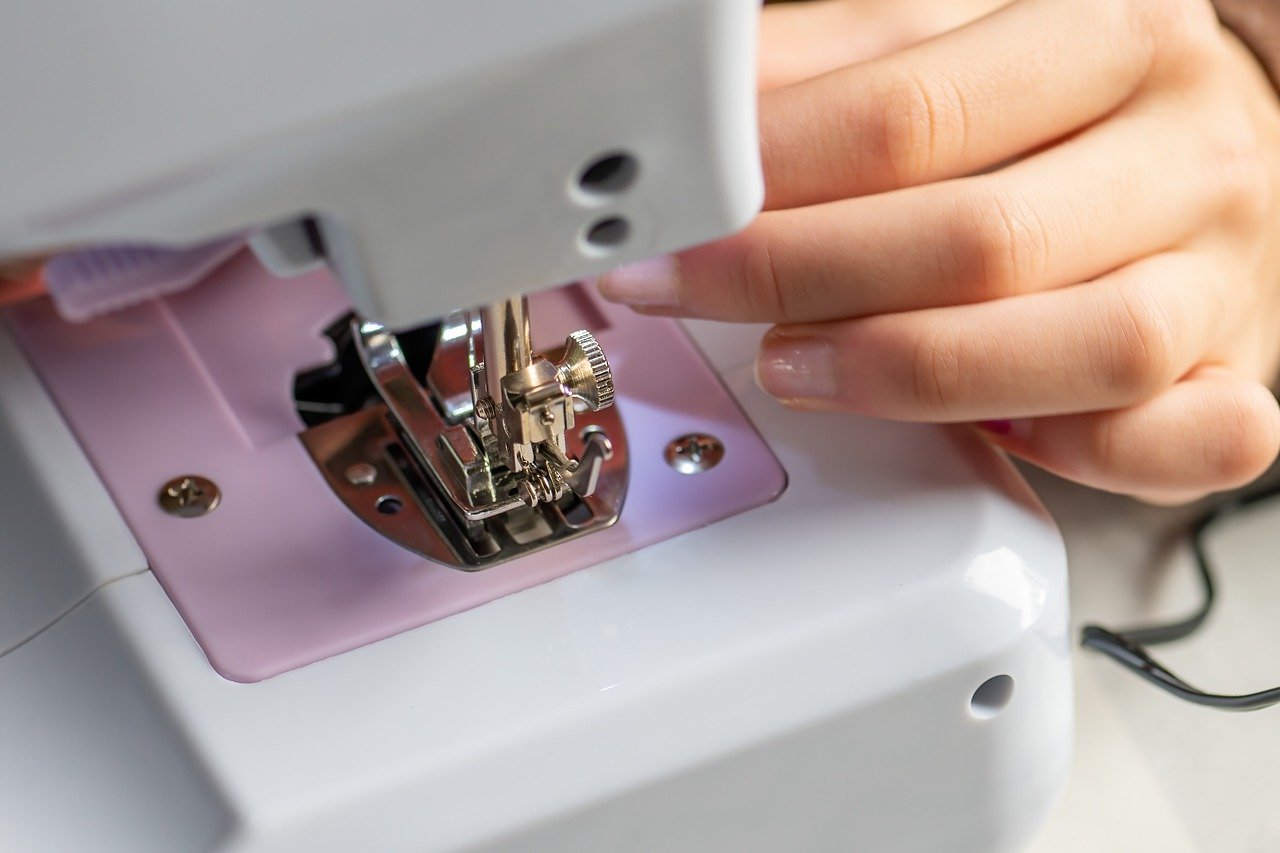
Choosing the Right Furniture
When it comes to creating your perfect sewing space, is essential for both comfort and functionality. Imagine sitting down at a table that’s just the right height, with everything you need within arm's reach. It’s like having a personal assistant dedicated to your sewing projects! To achieve this, consider the following aspects:
First, think about the size of your workspace. If you have a small area, you might want to opt for a compact table that can accommodate your sewing machine and a few essential tools without overwhelming the space. On the other hand, if you have the luxury of a larger room, a bigger table can allow you to spread out your materials and work on multiple projects simultaneously. A table that is at least 48 inches wide is often recommended for comfortable sewing.
Next, don’t forget about storage capabilities. Look for furniture that offers built-in storage options, such as drawers or shelves, to keep your supplies organized and easily accessible. For example, a table with a side drawer can be a lifesaver for storing scissors, threads, and other small notions. You can also consider a sewing cabinet that closes up when not in use, keeping your workspace tidy and clutter-free.
Comfort is another critical factor. Choose a chair that provides good support, especially if you plan to spend long hours sewing. Ergonomic chairs are designed to support your back and promote good posture, which can significantly enhance your sewing experience. Look for chairs with adjustable heights so you can find the perfect fit for your table.
Lastly, don't underestimate the importance of style! Your sewing space should reflect your personality and inspire creativity. Whether you prefer a modern aesthetic with sleek lines or a cozy, rustic vibe, there are countless options available. You might even want to mix and match furniture pieces to create a unique look that feels right for you.
In summary, when choosing the right furniture for your sewing area, consider:
- Size of your workspace
- Storage capabilities
- Comfort and ergonomics
- Style and aesthetics
By taking the time to select furniture that meets your needs, you’ll create a sewing environment that is not only functional but also inviting and inspiring. So, go ahead and make your sewing space a place where creativity can flourish!
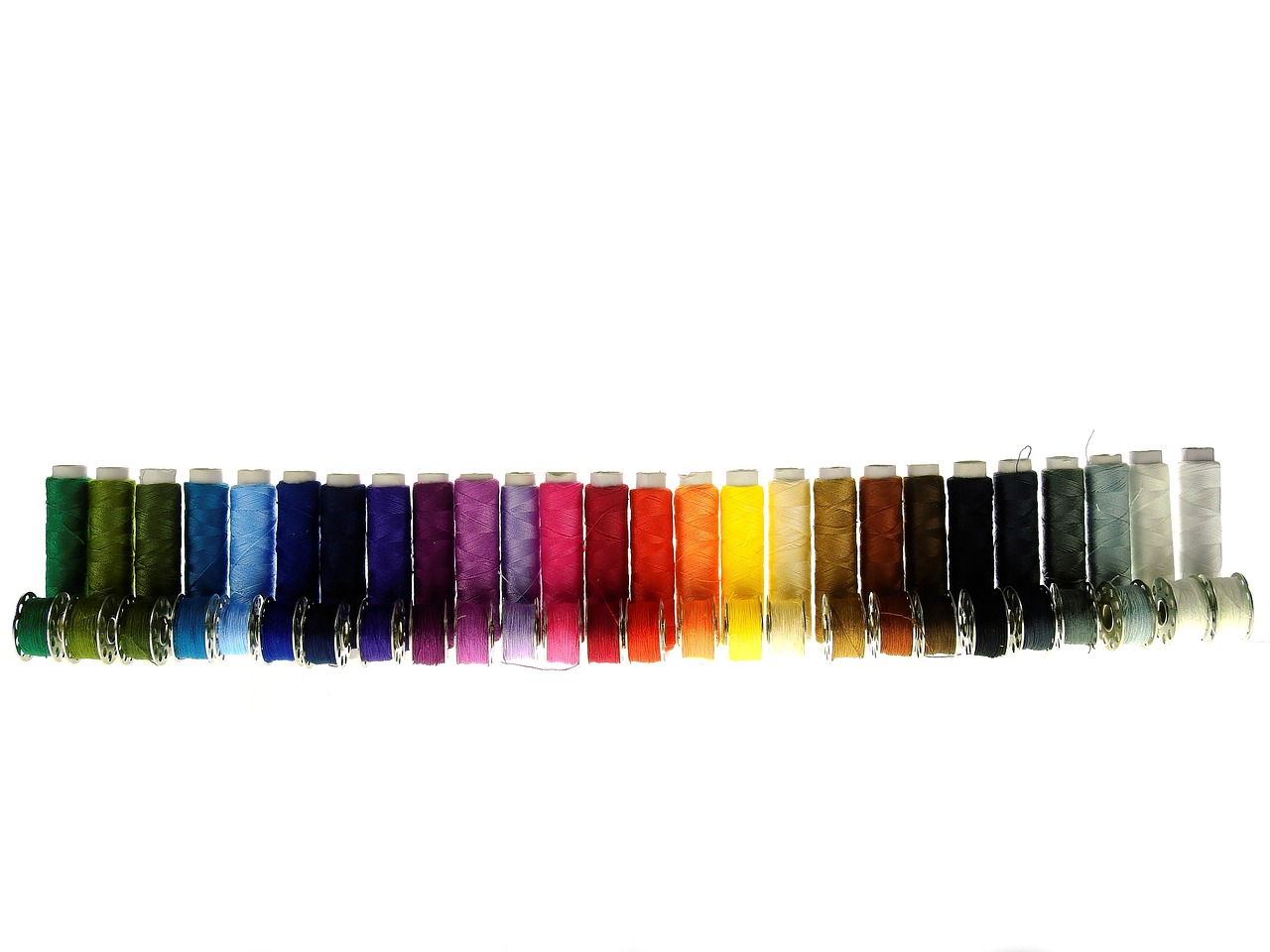
Incorporating a Sewing Cart
When it comes to sewing, having a dedicated workspace is essential, but let's be honest—sometimes, we need a little flexibility. That's where a sewing cart comes into play! Imagine a mobile haven for your sewing supplies, ready to roll wherever your creativity takes you. A sewing cart can be a game changer, allowing you to keep everything organized and at your fingertips while also freeing up valuable space in your sewing room.
One of the best features of a sewing cart is its mobility. Picture this: you're working on a project in one corner of the room, but suddenly you need that special fabric stored on the other side. Instead of making multiple trips back and forth, you can simply wheel your cart over. This not only saves time but also keeps your workflow smooth and uninterrupted. Plus, many carts come equipped with wheels that lock, ensuring stability when you're in the zone.
Now, let’s talk about storage capacity. A good sewing cart should have a variety of compartments to accommodate all your supplies. Look for features like:
- Drawers: Perfect for small items like threads, needles, and scissors.
- Shelves: Great for larger items such as fabric bolts and pattern books.
- Side pockets: Ideal for quick access to frequently used tools or notions.
Additionally, consider the design of the cart. You want something that not only fits your style but also complements your sewing area. Whether you prefer a sleek modern look or a charming vintage vibe, there are plenty of options out there. Some carts even come with a foldable top, allowing you to expand your workspace when needed and tuck it away when it's not in use.
Another fantastic aspect of incorporating a sewing cart is the opportunity to create a designated project area. You can organize your supplies based on the projects you're currently working on or the ones you plan to tackle next. This way, you can simply roll your cart to your sewing machine, and everything you need is right there. It's like having a mini sewing studio on wheels!
In summary, a sewing cart is more than just a storage solution; it's a versatile tool that can enhance your sewing experience. By incorporating a sewing cart into your workspace, you not only gain functionality and organization but also a touch of creativity. So, why not give it a try? Your sewing projects will thank you!
Q: What should I look for in a sewing cart?
A: Look for a sewing cart that offers mobility, ample storage options (like drawers and shelves), and a design that fits your style. Features like locking wheels and a foldable top can also be beneficial.
Q: Can I use a regular cart for sewing supplies?
A: While you can use a regular cart, a dedicated sewing cart is designed specifically for sewing supplies, offering better organization and accessibility for your tools and fabrics.
Q: How can I organize my sewing cart effectively?
A: Organize your sewing cart by categorizing items—keep threads in one drawer, fabric in another, and tools in designated compartments. You can also label drawers for quick identification.
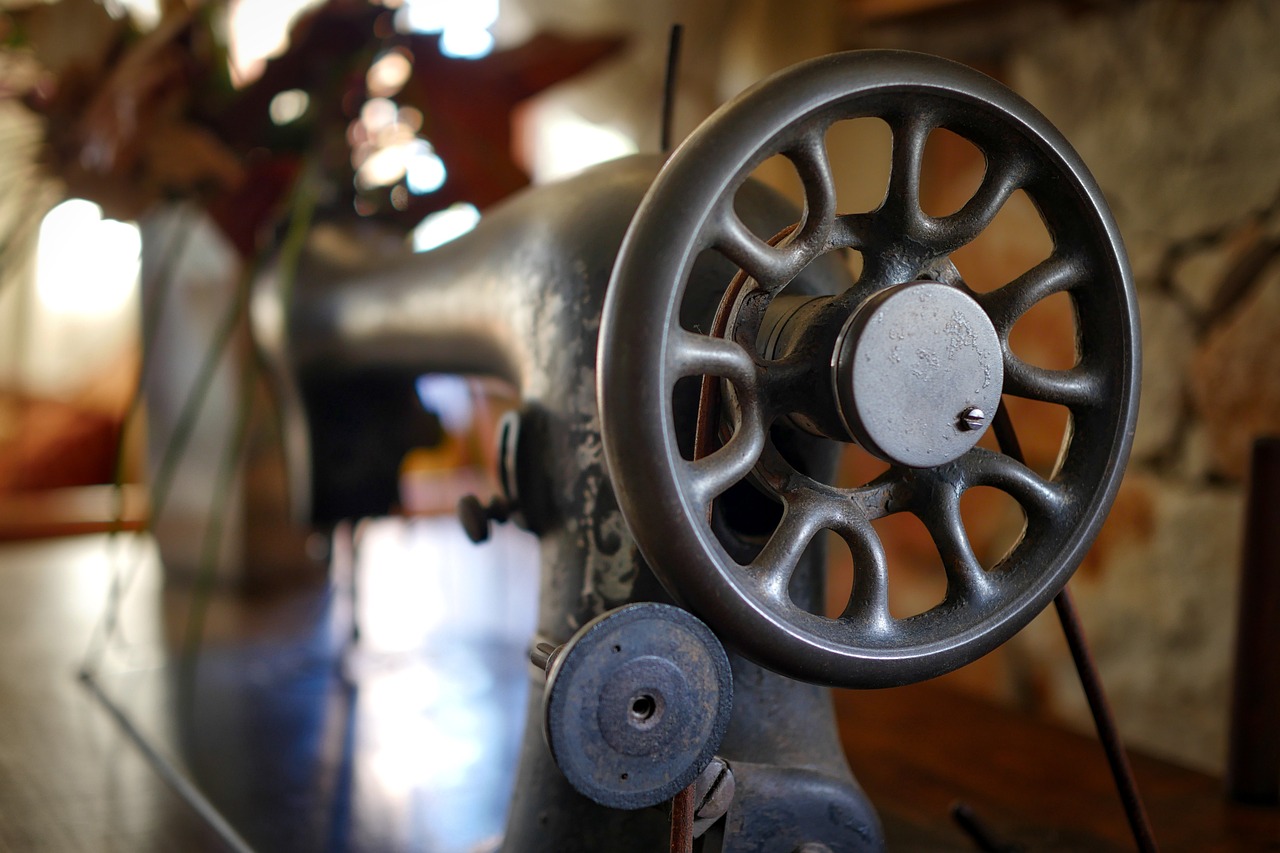
Digital Inventory Management
In today's fast-paced world, managing your sewing supplies can feel like a daunting task. However, with the right digital tools at your disposal, you can transform this challenge into a seamless experience. Digital inventory management not only helps you keep track of what you have but also prevents the frustration of over-purchasing items you already own. Imagine having all your supplies organized at your fingertips, allowing you to focus more on your creativity rather than searching for that elusive spool of thread!
Implementing a digital inventory system can be as simple as downloading an app or using a spreadsheet. The beauty of these tools lies in their ability to categorize, track, and manage your supplies efficiently. For instance, you can create different categories for threads, fabrics, patterns, and tools, ensuring that everything is organized in a way that makes sense to you. With just a few taps or clicks, you can see what you have, what you need, and what you might want to buy in the future.
One of the most effective ways to keep your sewing supplies organized is by utilizing inventory apps. These apps often come with features that allow you to photograph your items, add descriptions, and even set reminders for when you're running low on essential supplies. Imagine being able to pull up an app on your phone while you're at the fabric store and instantly knowing if you need more zippers or if you have enough fabric for that upcoming project!
Besides tracking your current supplies, another fantastic feature of these apps is the ability to create a digital wishlist. This is where you can jot down all the items you dream of purchasing for your sewing projects. Whether it's a particular fabric you’ve been eyeing or the latest sewing tool, having a wishlist ensures that you won’t forget about those items when you're ready to shop again. This can save you not only time but also money, as you'll be less likely to make impulse buys.
To illustrate the benefits of digital inventory management, here's a simple table comparing traditional inventory methods with digital options:
| Aspect | Traditional Method | Digital Method |
|---|---|---|
| Accessibility | Physical lists or notes | Smartphone or computer access |
| Organization | Manual sorting | Automated categorization |
| Updates | Time-consuming | Instant updates |
| Reminders | None | Set notifications |
In conclusion, embracing digital inventory management can revolutionize the way you handle your sewing supplies. Not only does it save time and reduce stress, but it also enhances your overall sewing experience. So, why not give it a try? You might find that your creative flow improves when you have a well-organized inventory at your fingertips!
Q1: What are some popular inventory apps for sewing supplies?
A1: Some popular inventory apps include CraftyBase, Stash2Go, and Inventory Tracker. Each offers unique features tailored to crafting and sewing needs.
Q2: Can I use a simple spreadsheet for inventory management?
A2: Absolutely! A spreadsheet can be a great way to track your sewing supplies. You can customize it to fit your needs, making it as detailed or as simple as you like.
Q3: How do I ensure my digital inventory stays updated?
A3: Make it a habit to update your inventory every time you purchase new supplies or finish a project. Setting a regular reminder can help keep your inventory accurate.
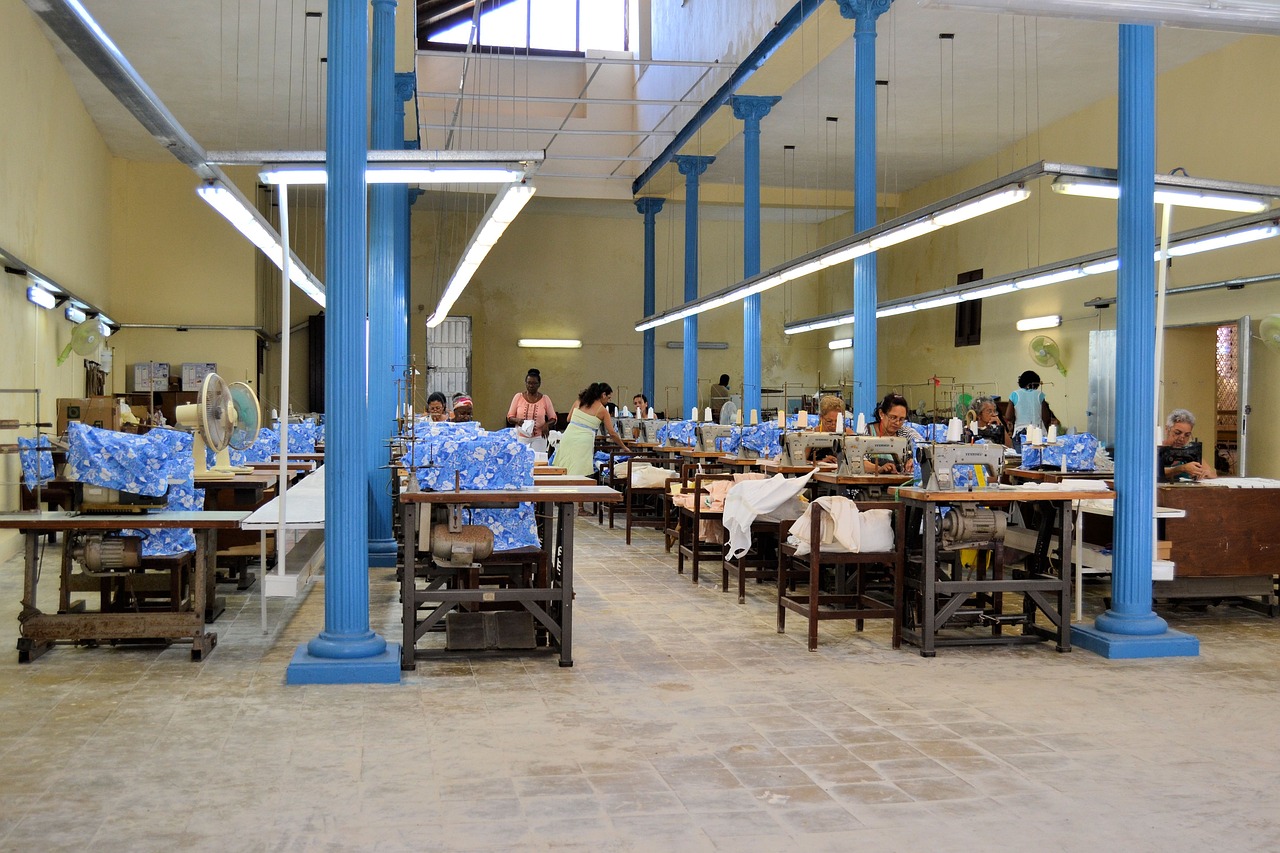
Using Inventory Apps
In today's fast-paced world, keeping track of your sewing supplies can feel like trying to find a needle in a haystack. That's where inventory apps come into play, transforming chaos into order with just a few taps on your smartphone or tablet. These apps are designed to help you manage your sewing supplies efficiently, ensuring that you always know what you have on hand and what you might need to stock up on.
Imagine walking into your sewing room and being greeted by a beautifully organized space where everything has its place. With the right inventory app, this dream can become a reality. These apps allow you to categorize your supplies into various sections, making it easy to locate items quickly. You can create categories such as fabrics, threads, notions, and tools, so you can find what you need without rummaging through piles of materials.
One of the standout features of many inventory apps is the ability to add photos of your supplies. This visual aid can be incredibly helpful, especially if you have a large collection of fabrics in different colors and patterns. By taking a quick snapshot, you can create a digital catalog of your inventory, allowing you to see at a glance what you have without having to dig through everything. Plus, it adds a touch of personalization to your inventory management!
Here are a few features to look for in a sewing inventory app:
- Barcode Scanning: Some apps allow you to scan barcodes on products, making it easy to add new supplies to your inventory.
- Search Functionality: A robust search feature can save you time by allowing you to quickly find specific items.
- Cloud Syncing: Ensure your inventory is accessible from multiple devices by choosing an app that offers cloud syncing.
- Reminders and Alerts: Some apps can notify you when you’re running low on essential supplies, helping you avoid last-minute shopping trips.
Using an inventory app not only helps in keeping track of your supplies but also aids in budgeting. By knowing what you already own, you can avoid unnecessary purchases, saving you money in the long run. It’s like having a personal assistant dedicated to your sewing projects, ensuring that you stay organized and focused on your creative endeavors.
So, why not give it a try? With a little effort in setting up your inventory app, you can enhance your sewing experience and unleash your creativity without the clutter. After all, an organized workspace is a happy workspace!
Q: What are the best inventory apps for sewing supplies?
A: Some popular options include Stash, Inventory Lab, and Sew Organized. Each offers unique features to help you manage your supplies effectively.
Q: Can I use inventory apps for other crafts?
A: Absolutely! Many inventory apps are versatile and can be used for various crafts, such as knitting, scrapbooking, and more.
Q: Are inventory apps easy to use?
A: Most inventory apps are designed with user-friendliness in mind, making them accessible even for those who aren’t tech-savvy.
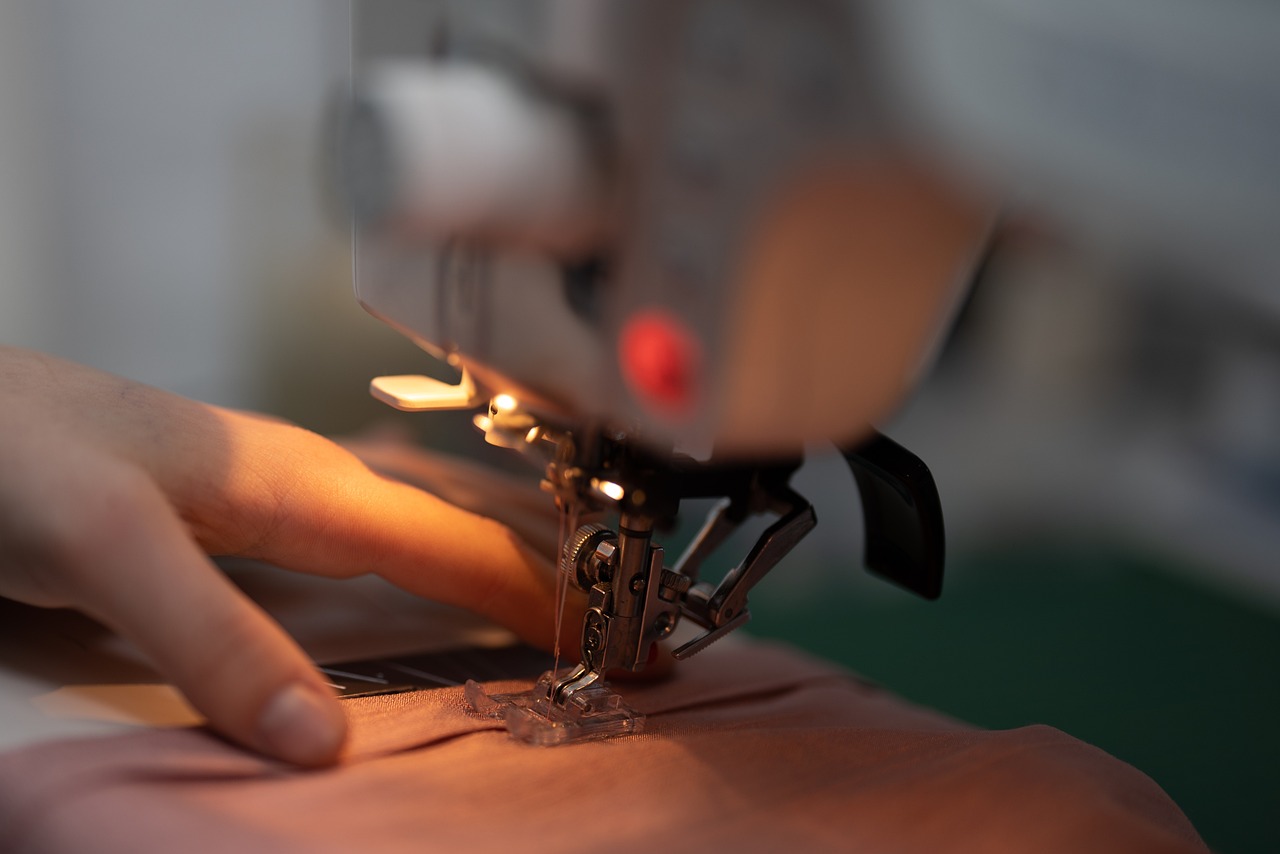
Creating a Digital Wishlist
In the world of sewing, it’s all too easy to get caught up in the excitement of new fabrics, threads, and tools. But how often do we find ourselves buying things we already have or forgetting about items we really need? This is where a digital wishlist comes into play. Imagine having a virtual notepad at your fingertips, ready to jot down every must-have item that catches your eye while browsing online or at your local craft store. With the right tools, you can streamline your shopping process and keep your sewing supplies organized.
A digital wishlist not only helps you prioritize your purchases but also prevents that dreaded moment of realizing you’ve bought duplicates. You can create your wishlist using a variety of apps or even a simple spreadsheet. The beauty of a digital format is that it’s easily accessible and can be updated on the go. Whether you’re at home or out shopping, you can quickly check what you need without the hassle of rummaging through notes or trying to remember what you saw last week.
When setting up your digital wishlist, consider categorizing your items. For instance, you might have sections for fabrics, notions, and tools. This organization will help you see at a glance what you’re lacking in each category, making it easier to plan your next shopping trip. Here’s a simple example of how you might structure your wishlist:
| Category | Item | Priority |
|---|---|---|
| Fabrics | Cotton Print | High |
| Notions | Buttons | Medium |
| Tools | Rotary Cutter | Low |
As you browse through your favorite sewing sites or local shops, simply add items to your wishlist with a quick tap or click. Some apps even allow you to set reminders for when certain items go on sale or are back in stock, ensuring you never miss out on a great deal. Plus, many digital tools offer the option to add links directly to the product page, making it super easy to find and purchase items later.
Ultimately, a digital wishlist is more than just a list; it's a powerful tool that enhances your sewing experience. It allows you to focus your creativity without the clutter of unnecessary purchases, ensuring that every item you buy is something you truly need or want. So why not take a moment to create your own digital wishlist today? You might be surprised at how much easier and more enjoyable your sewing projects become!
- What is a digital wishlist?
A digital wishlist is a virtual list where you can keep track of items you want to buy, helping you prioritize and organize your purchases. - How can I create a digital wishlist?
You can create a wishlist using various apps, online tools, or even a simple spreadsheet on your computer or smartphone. - Can I categorize items in my wishlist?
Yes! Categorizing items helps you easily identify what you need in different areas, such as fabrics, notions, and tools. - Are there apps that remind me of sales or restocks?
Many inventory and wishlist apps offer features that alert you when items go on sale or are available again.
Frequently Asked Questions
- What are some creative ways to store small sewing supplies?
Small sewing supplies like buttons, threads, and needles can be effectively stored in glass jars. These jars not only provide visibility but also add a decorative touch to your workspace. You can label them for easy identification, making it simple to find what you need when you need it.
- How can I maximize vertical space in my sewing area?
Maximizing vertical space is key to an organized sewing area. Consider using wall-mounted organizers, shelves, or pegboards to keep your supplies within reach while saving valuable floor space. This way, you can create a tidy and efficient workspace that enhances your creativity.
- Are there any household items I can repurpose for sewing storage?
Absolutely! Everyday household items like old drawers, baskets, and even tin cans can be transformed into functional storage solutions. For example, stack old drawers on shelves or mount them on walls to store larger supplies, while baskets can hold fabric and patterns, adding both charm and utility to your space.
- How do I create a dedicated sewing station?
To create a dedicated sewing station, choose the right furniture that provides ample workspace and storage. A sturdy table and comfortable chair are essential. You might also consider incorporating a sewing cart for easy mobility and additional storage, allowing you to switch between projects effortlessly.
- What are some digital tools for managing sewing supplies?
Using inventory apps can greatly simplify the management of your sewing supplies. These apps allow you to categorize and track your items efficiently. Additionally, creating a digital wishlist can help you prioritize future purchases, ensuring you never miss out on essential supplies.



















